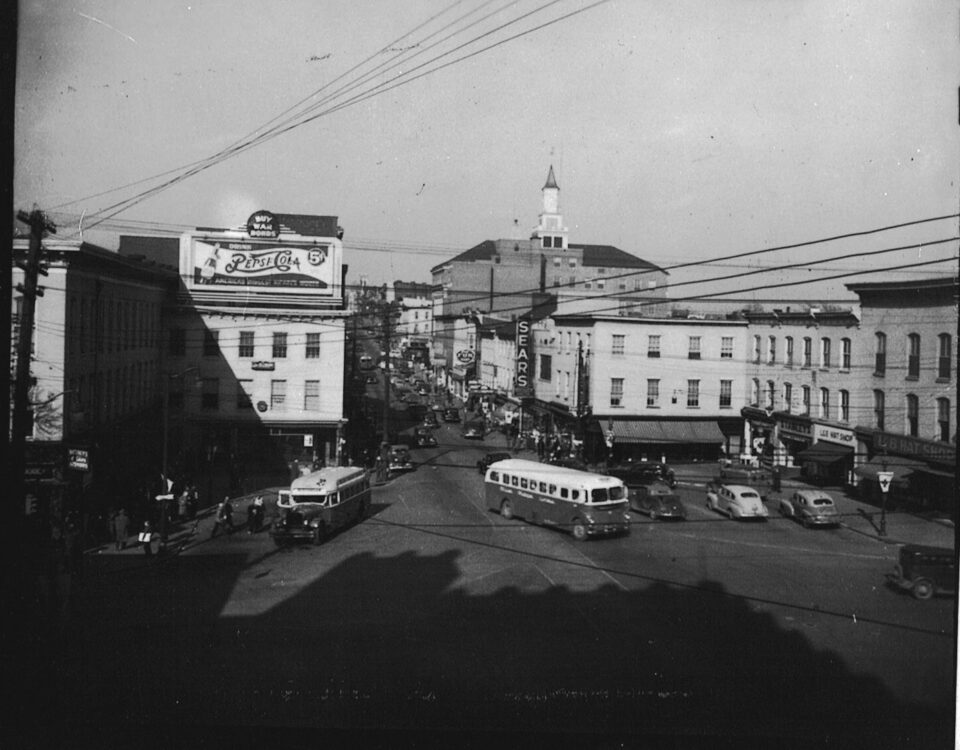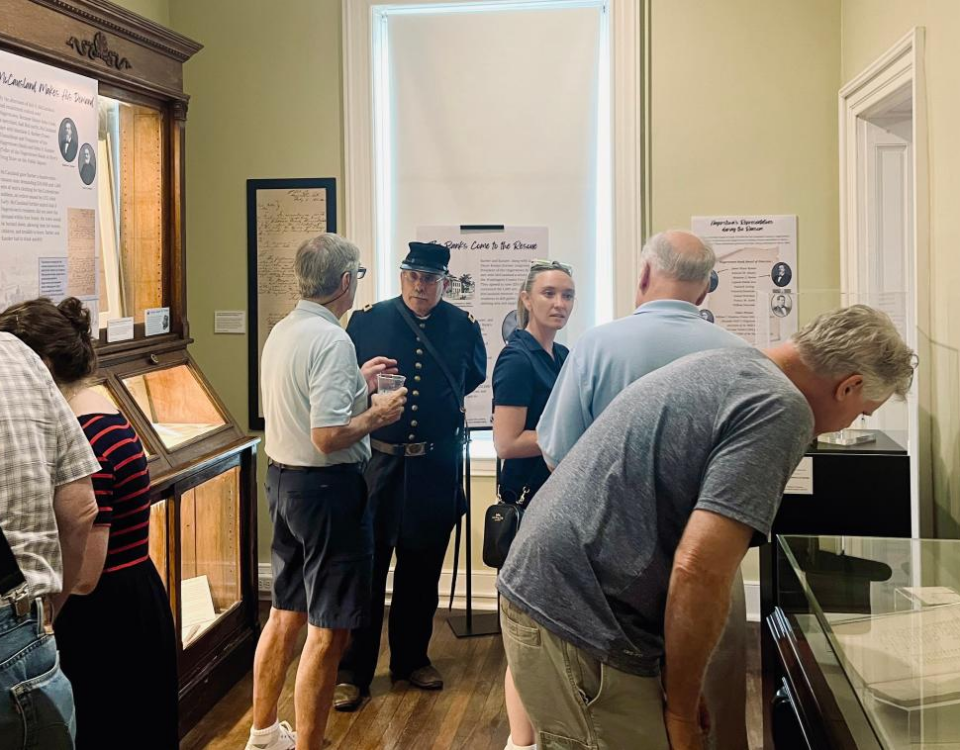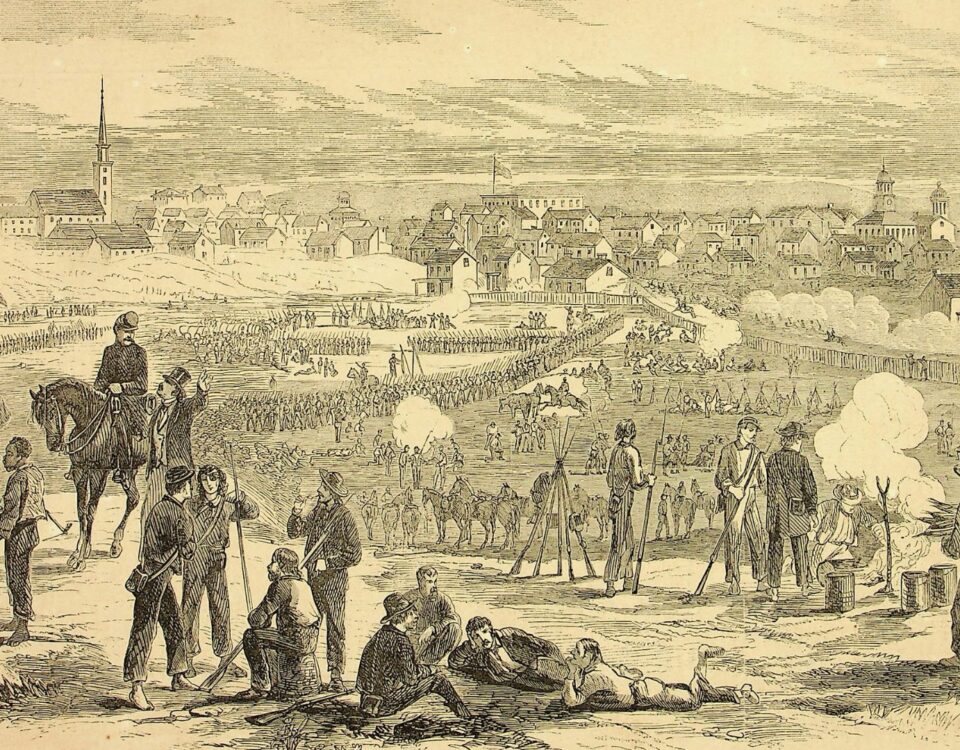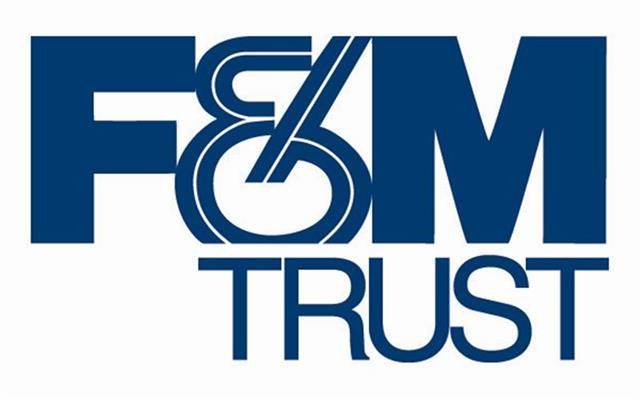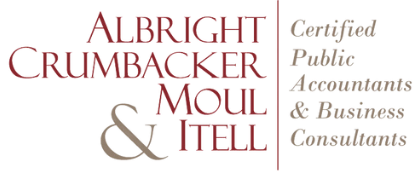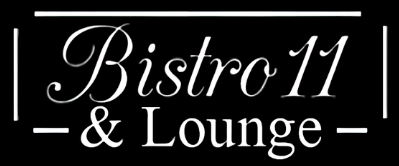
September 14, 2024 @ 2:00 pm – 3:00 pm
Did you know? Much of Downtown Hagerstown’s urban “look” dates from its late 19th and early 20th century glory days as a railroad hub.
Join us on September 14 and learn about the fascinating architecture behind the buildings you pass daily as Dr. Paula Reed, an architectural historian, guides us on a walk back in time.
During this tour, you will travel to the square and along the first blocks of Potomac and Washington Streets and learn about the many architectural styles and periods of Downtown Hagerstown.
The tour will begin at 2:00 PM, and we will gather in front of the Miller House Museum. Be sure to dress for the weather and wear comfortable shoes and clothing. We will be walking about two miles.
Tickets are very limited, with only 25 available; we hope to see you there!


